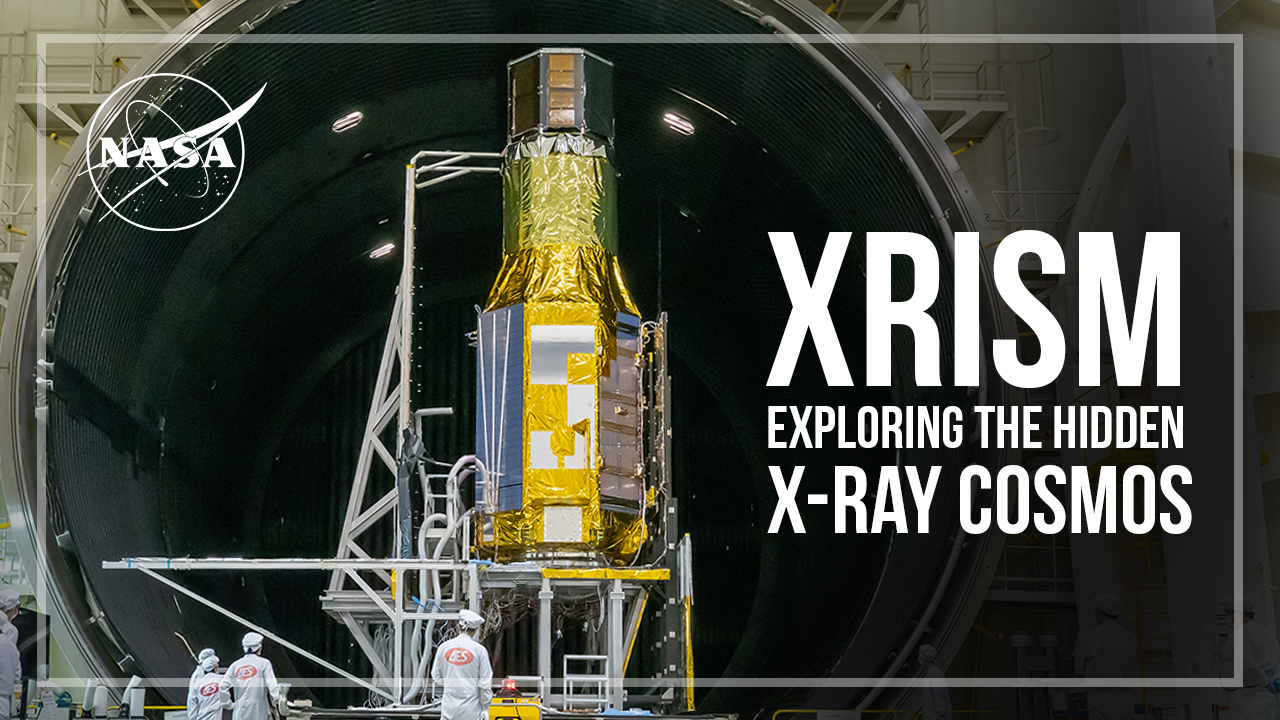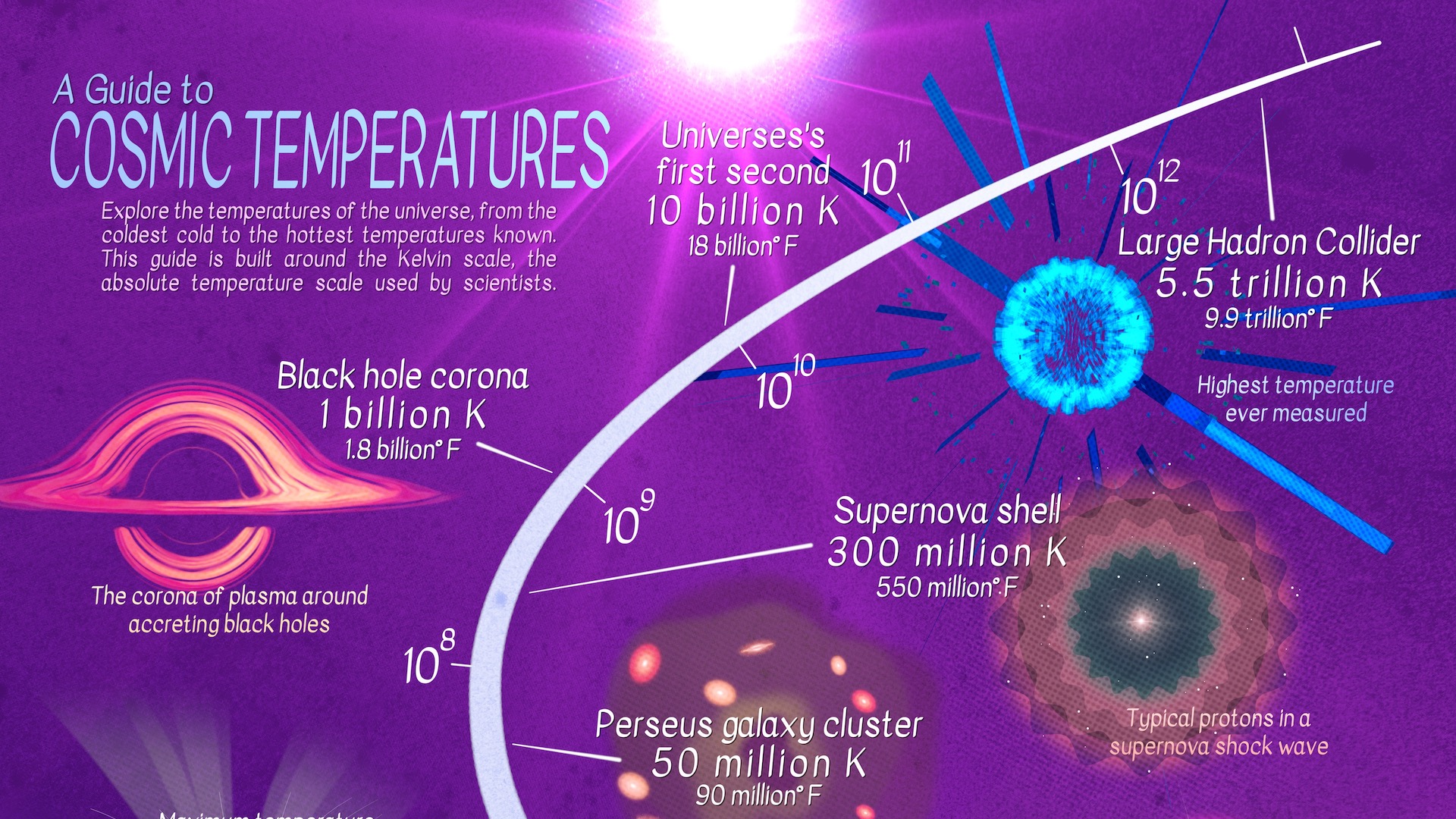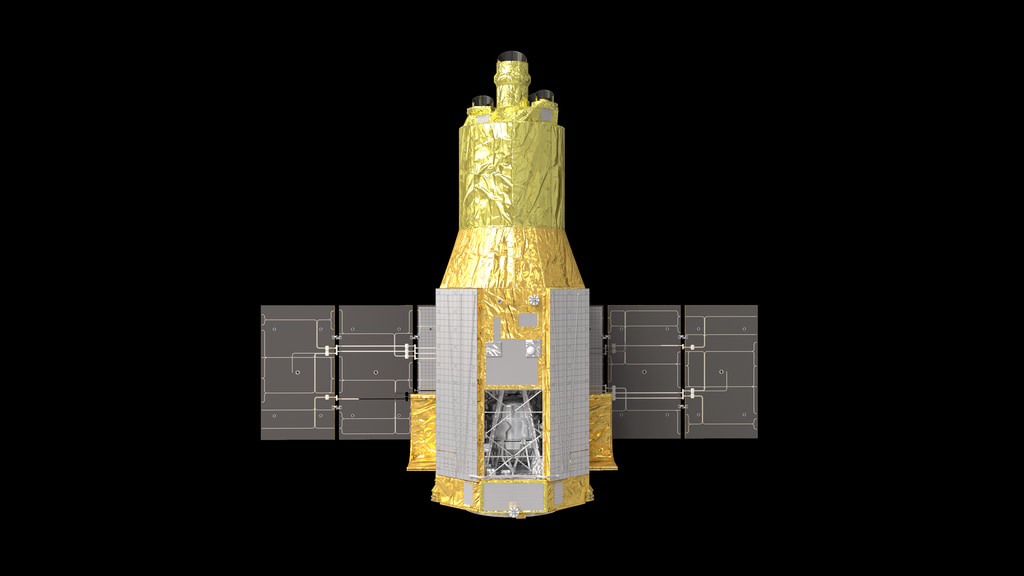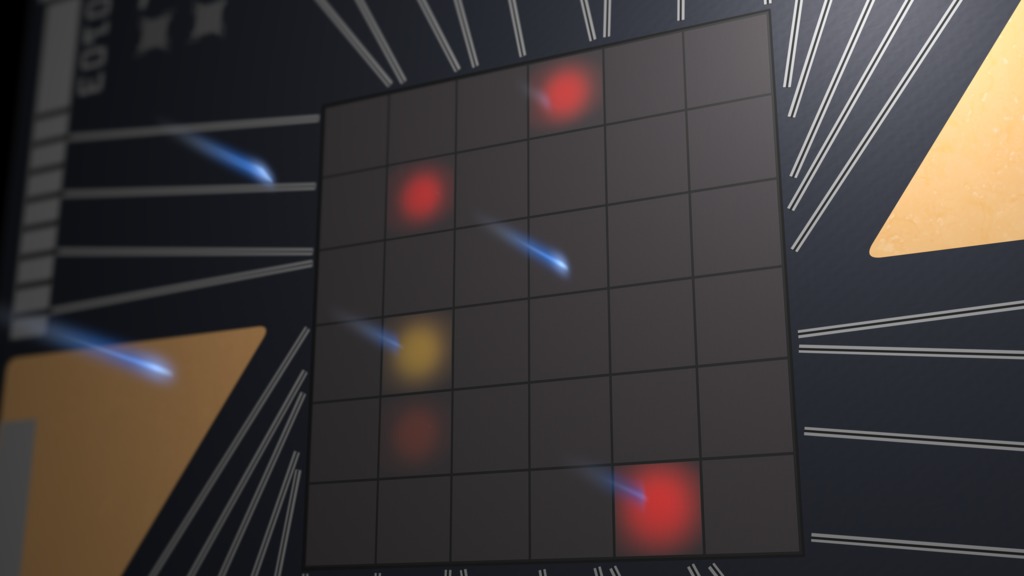XRISM Reveals Its First Look at X-ray Cosmos

XRISM’s Resolve instrument captured data from supernova remnant N132D in the Large Magellanic Cloud to create the most detailed X-ray spectrum of the object ever made. The spectrum reveals peaks associated with silicon, sulfur, argon, calcium, and iron. Inset at right is an image of N132D captured by XRISM’s Xtend instrument.
Credit: JAXA/NASA/XRISM Resolve and Xtend
The Japan-led XRISM (X-ray Imaging and Spectroscopy Mission) observatory has released a first look at the unprecedented data it will collect when science operations begin later this year.
XRISM is led by JAXA (Japan Aerospace Exploration Agency) in collaboration with NASA, and with additional contributions from ESA (European Space Agency).
The mission has two instruments, Resolve and Xtend, each at the focus of an X-ray Mirror Assembly designed and built at Goddard.
Resolve is a microcalorimeter spectrometer developed by NASA and JAXA. It operates at just a fraction of a degree above absolute zero inside a refrigerator-sized container of liquid helium.
When an X-ray hits Resolve’s 6-by-6-pixel detector, it warms the device by an amount related to its energy. By measuring each individual X-ray’s energy, the instrument provides information previously unavailable about the source.
The mission team used Resolve to study N132D, a supernova remnant and one of the brightest X-ray sources in the Large Magellanic Cloud, a dwarf galaxy around 160,000 light-years away in the southern constellation Dorado. The expanding wreckage is estimated to be about 3,000 years old and was created when a star roughly 15 times the Sun’s mass ran out of fuel, collapsed, and exploded.
The Resolve spectrum shows peaks associated with silicon, sulfur, calcium, argon, and iron. This is the most detailed X-ray spectrum of the object ever obtained and demonstrates the incredible science the mission will do when regular operations begin later in 2024.
XRISM’s second instrument, Xtend, is an X-ray imager developed by JAXA. It gives XRISM a large field of view, allowing it to observe an area about 60% larger than the average apparent size of the full moon.
Xtend captured an X-ray image of Abell 2319, a rich galaxy cluster about 770 million light-years away in the northern constellation Cygnus. It’s the fifth brightest X-ray cluster in the sky and is currently undergoing a major merger event.
The cluster is 3 million light-years across and highlights Xtend’s wide field of view.

Same as the above, but with the peaks labeled with Roman numerals. The numbers signify the number of electrons lost, or the ionization state, required to produce each peak.
Credit: JAXA/NASA/XRISM Resolve and Xtend

XRISM’s Xtend instrument captured galaxy cluster Abell 2319 in X-rays, shown here in purple and outlined by a white border representing the extent of the detector. The background is a ground-based image showing the area in visible light.
Credit: JAXA/NASA/XRISM Xtend; background, DSS

Supernova remnant N132D lies in the central portion of the Large Magellanic Cloud, a dwarf galaxy about 160,000 light-years away. XRISM’s Xtend captured the remnant in X-rays, displayed in the inset. At its widest, N132D is about 75 light-years across. Although bright in X-rays, the stellar wreckage is almost invisible in the ground-based background view taken in optical light.
Credit: Inset, JAXA/NASA/XRISM Xtend; background, C. Smith, S. Points, the MCELS Team and NOIRLab/NSF/AURA

XRISM’s Xtend imager collected this snapshot of supernova remnant N132D. The expanding wreckage is estimated to be about 3,000 years old and was created when a star roughly 15 times the Sun’s mass ran out of fuel, collapsed, and exploded. At its widest, N132D is about 75 light-years across.
Credit: JAXA/NASA/XRISM Xtend

XRISM, shown in this artist’s concept, is an X-ray mission studying some of the most energetic objects in the universe.
Credit: NASA’s Goddard Space Flight Center Conceptual Image Lab

This composite image shows supernova remnant N132D. It uses data from NASA’s Chandra X-ray Observatory (purple and green) and Hubble Space Telescope (red). N132D is among the brightest X-ray remnants in the Large Magellanic Cloud, a nearby dwarf galaxy.
Credit: NASA/STScI/CXC/SAO, processing by Judy Schmidt, CC BY-NC-SA
For More Information
Credits
Please give credit for this item to:
NASA's Goddard Space Flight Center. However, individual items should be credited as indicated above.
-
Producers
- Scott Wiessinger (KBR Wyle Services, LLC)
- Sophia Roberts (Advocates in Manpower Management, Inc.)
-
Science writer
- Jeanette Kazmierczak (University of Maryland College Park)
-
Graphics
- Francis Reddy (University of Maryland College Park)
Release date
This page was originally published on Friday, January 5, 2024.
This page was last updated on Thursday, January 4, 2024 at 2:59 PM EST.




